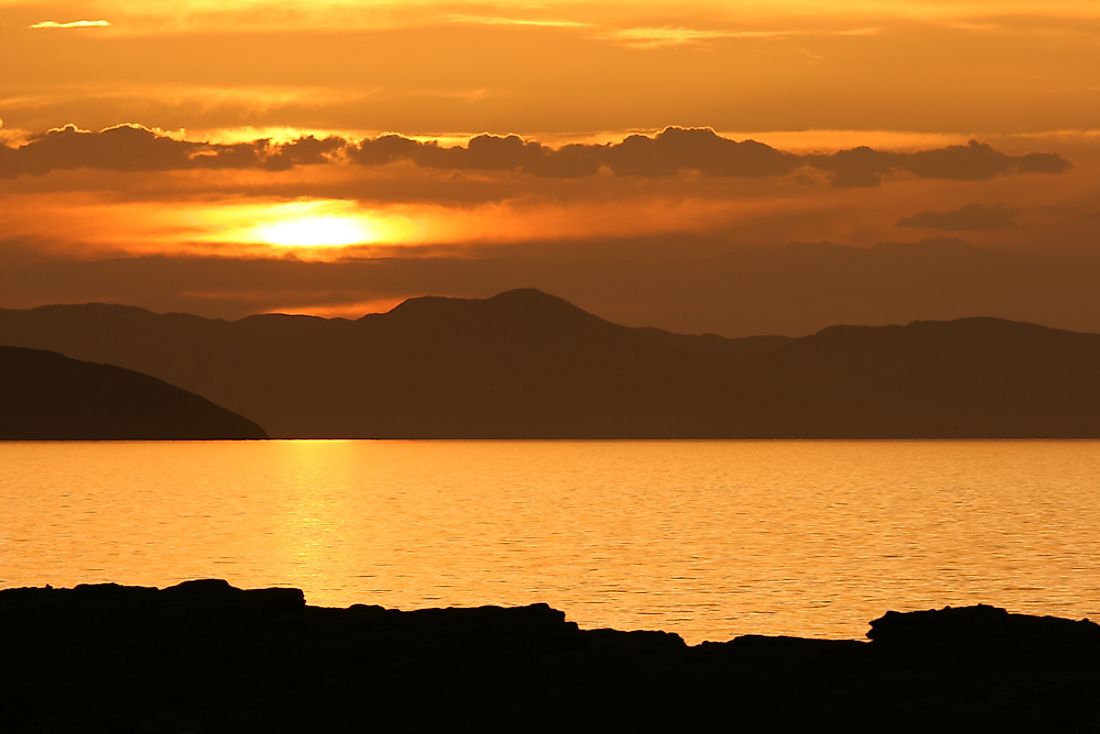What is Special About Lake Turkana?

Lake Turkana is the largest permanent lake in a desert. Formerly called Lake Rudolf, the lake is the world’s biggest alkaline lake. It has a salinity of 2.44%. The lake is surrounded by xeric shrubland and desert. The Chalbi Desert is a prominent desert located on the east of the lake. Located along the Rift Valley in Africa, the lake extends from northern Kenya to the border of Ethiopia. The surrounding climate is hot, harsh and dry. The Turkana tribe is the dormant community along the lake shores with settlements in El Molo, Loyangalani, Kalokol and Ileret. Other tribes are Rendille, Daasanach and the Gabbra.
Dimensions of Lake Turkana
The surface area is 6,405 square kilometers with the maximum length being 290 kilometers and the maximum width of 32 kilometers. Average depth is 30.3 meters while the maximum depth is 109 meters. Lake Turkana can hold an average volume of 203.6 cubic kilometers of water. The lake has three major islands namely South Island, North Island, and Central Island.
Flora and Fauna of Lake Turkana
Though the water is alkaline and unpalatable, it supports a wealth of lacustrine wildlife. Nile crocodiles thrives in the lake while carpet vipers and scorpions are in abundance along the rocky shores. Various turtle species are endemic to the lake with the Turkana mud turtle being special species found only on that lake. About 50 species of fish including the Nile tilapia, catfish, cichlids and the barbs are found in the lake. Rare bird species are supported by planktons while others feed on fish. Some of the birds are the sandpiper, the African skimmer, the flamingos and white breasted cormorant.
Geology and Surrounding
The lake along the Rift Valley was as a result of movement of tectonic plates. A trough formed where the water collected. The lake gets water from the Kenyan and Ethiopian Highlands. Volcanic action is evident with the central island being active volcano. The surrounding area experiences strong winds. Violent storms which occur suddenly are a normal feature on the lake. Three rivers namely Omo, Turkwel and Kerio empty into Lake Turkana. There is no outlet.
Threats to Lake Turkana
Though the lake is prone to evaporation, the major threat to its existence is the construction of the Gibe III dam in Ethiopia. The threat is due to the fact that the dam is under construction along the main inlet of the lake, the Omo River. Once completed, water inflow into the lake will reduce drastically. Usage of the lake water is high as over 200,000 pastoralists depend on it. Other pastoralists, agriculturalists, and fishermen along River Omo which is set to dry off after emptying into the dam will also suffer. Of great concern is that water volumes have reduced drastically with a fall of 10 meters recorded between 1975 and 1993.
Recognition of the Lake
Lake Turkana is a listed UNESCO World Heritage Site. A prestigious national park where rare species of flora and fauna thrive was established. Lake Turkana is surrounded by hominid fossils which have assisted archeologists and anthropologists explain the origin of humanity. Strong unique wind that blows across the lake has been utilized to build a wind power station. Once complete, the project will generate the most megawatts in Africa.











